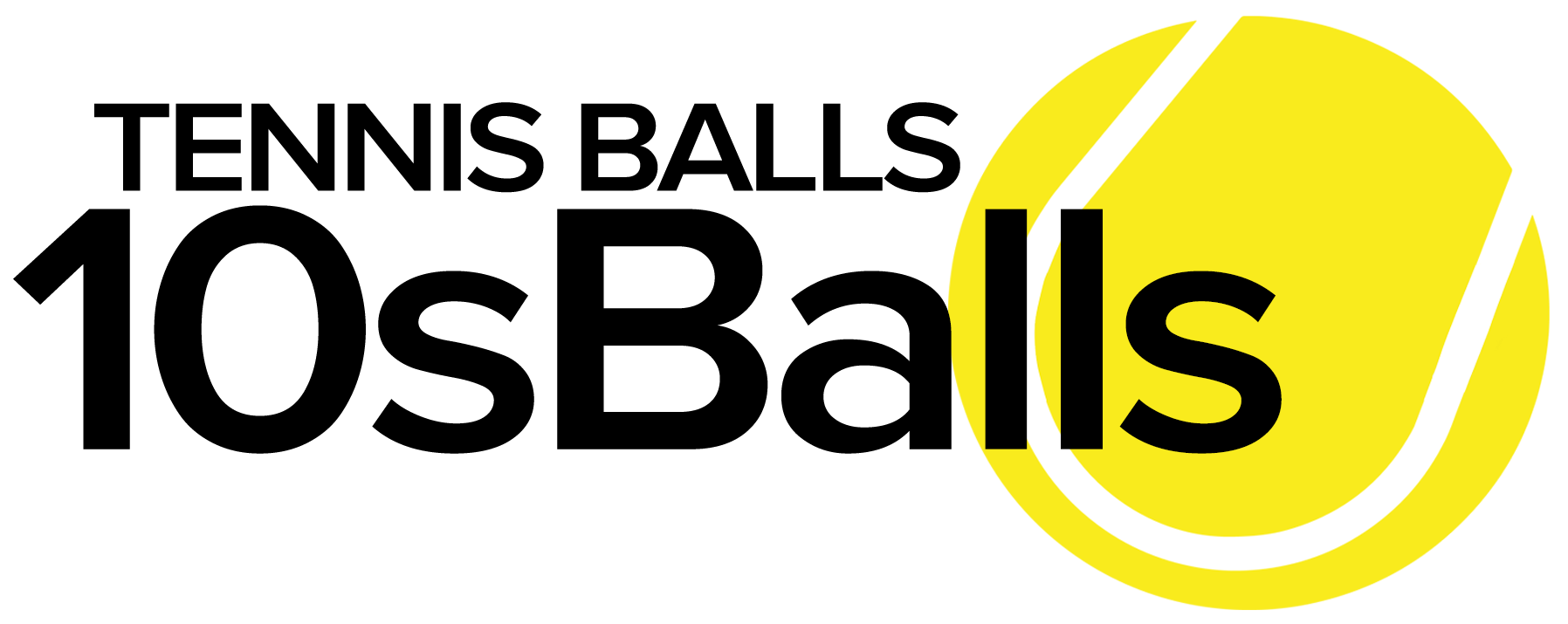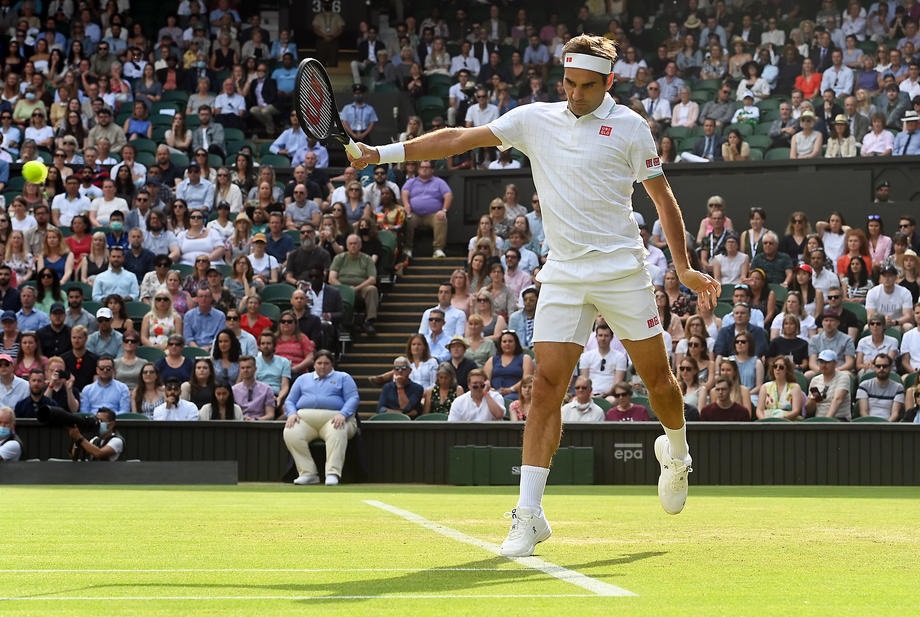- Ricky’s picks for this week’s ATP 500 in Rotterdam
- ABN AMRO Rotterdam Open Draw and Schedule of Play for Wednesday, February 5, 2025
- Former No. 1 Simona Halep Announces Her Retirement At Age 33
- ABN AMRO Rotterdam Open Draw and Schedule of Play for Tuesday, February 4, 2025
- Petra Kvitova Will Launch Her Comeback in Austin
- Rotterdam ATP 500 draw: Alcaraz, Medvedev, Rublev headline stacked field
- ABN AMRO Rotterdam Open Qualifying Draw and Schedule of Play for Saturday, February 1, 2025
- Taylor Fritz to Play Opening Match February 13 in Historic Delray Beach Open Three-Peat Quest
- Stars Join Forces for Eisenhower Cup Return to Indian Wells on March 4
- Ken Thomas Broadcasting from Georgia’s Rome Tennis Open
- Solinco Launches All-New Whiteout V2 Racquet
- Stringlet: Serving Up Tennis Inspiration With A Twist
- Davis Cup qualifying to feature Brazil vs. France and Spain vs. Switzerland
- 2025 US Open Expands to Sunday Start
- Tennis Channel To Broadcast U.S. Davis Cup Qualifier vs. Tawain
Laver Cup Tennis 2024 From Berlin By Alix Ramsay for 10sBalls
- Updated: October 5, 2024

It really did feel like the end of an era. In some ways that was a good thing and yet, in others, it cast a veil of sadness over the Laver Cup.
When it began back in 2017, Messrs Federer, Nadal and Djokovic were still winning grand slam titles and it was Federer and his management team that, along with the help of a few others, created the event. Yes, it was an exhibition tournament (and still is) but the idea was to build the tennis equivalent of the Ryder Cup: the best of Europe against the best of the rest of the world.
Named after Federer’s idol, Rod Laver, and with Bjorn Borg and John McEnroe as the team’s captains, this was an annual event sprinkled with stardust. Well, let’s not get carried away: it was still a tennis exo at heart. But it worked. And Team Europe marmalised Team World for the first four years until Team World got its own back, winning in 2022 and 2023. Now we had a rivalry thanks in no small part to the emergence of the Americans Frances Tiafoe, Taylor Fritz and, now, Ben Shelton.
But now Federer has retired, Nadal is on the cusp of retirement – he pulled out last week simply because he cannot compete at this level with his current level of fitness – and Djokovic is husbanding his resources to challenge for the major titles. And just to add to the sense of how it used to be, Borg and McEnroe are stepping down as captains to be replaced by Yannick Noah and Andre Agassi. Everything is changing.
Still, one thing remains: put a bunch of young blokes together and get them to play for bragging rights (and $250,000 for each member of the winning team, $125,000 for each member of the losing team plus appearance fees depending on ranking) and you are in for a competitive fixture. Exo or not, these boys want to win.
The crowds, too, want to come and be a part of it all. Only four cities in the world get to host a grand slam tournament which limits the chances of most tennis fans of ever seeing the very best in the world go toe to toe. The Laver Cup pings across the Atlantic every year – it started in Prague and has been to Chicago, Geneva, Boston, London, Vancouver and, this week, Berlin – and that brings the crowds to the arenas in their thousands.
All in all, it a very well packaged event. Then again, as the brainchild of Roger Federer, you would not expect no less.

So, what did Berlin have to offer? Another win for Europe. Oh, but how they did it. It was a nailbiter.
The way the points are loaded as the three days go by (one point for all wins on the first day, two on the second and three on the final day) can place the result on a knife edge until the last match. And that is exactly what happened.
After Friday, it was all square at 2-2. After Saturday’s romp by Team World (Tiafoe beating Medvedev, Shelton and Alejandro Tabilo beating Caper Ruud and Stefanos Tsitsipas and Taylor Fritz beating Sacha Zverev. Only Alcaraz notched up a win over Tiafoe), it could have been Team World’s title to lose.
Team Europe regrouped a little on Saturday but Team World ended the day 8-4 up. It didn’t look good for the home crowd.
That brought us to the final day – the Sunday showdown.
It began with Alcaraz and Ruud doing for Tiafoe and Shelton 6-2, 7-6 and was swiftly followed by a match that summed up just what this tie means to the players as they perform in front of their peers, their rivals and the players they grew up watching and wishing to emulate.
In the posh seats sat Federer (it’s his gig; obviously he gets the best seat) and also the newly-married Boris Becker. Boris tied the knot with his beloved last week, although what she thought of spending part of her honeymoon watching tennis is anyone’s guess. But married for a week – hey, who said it wouldn’t last?
From there, Team World took charge: Big Foe beat Medvedev (despite a 0-5 head-to-head going into the match) and Fritz did for Zverev in two tight sets. Two arrogant men – arrogant in the competitive sense – facing off; one with more talent and the other with bigger cojones. In the end, the better endowed gentleman won, albeit against a fella who was clearly hobbled by some sort of snuffly virus.
That brought us to the grand Sunday finale. Alcaraz and Ruud opened the day with an unexpected win over Shelton and Tiafoe (neither European would list doubles as one of their major skills) and then it all got tasty.
Shelton worked his socks off to get the better of Daniil Medvedev in just over two hours. He started well but then abandoned his serve-and-volley approach and was dragged into a dogfight.
Think what you may of Medvedev (and this correspondent is very much in his camp), he may be grumpy, he may be on a short fuse but that man can fight. And he did. But Shelton fought that bit harder and left nothing in his locker.
By the middle of the second set, he looked as if he was not so much wearing his shirt as had been varnished in team colours. Medvedev, meanwhile, was not happy. At one point he chucked his racket towards the crowd. It hit no one but one accredited TV person ducked in case it hit her. Cue mayhem.
Tiafoe was enraged: why had not Medvedev been defaulted? Zverev, who was due to play Big Foe in the next match tried to calm him down. Big Foe was having none of it – he argued his (and Team World’s case) with the supervisor, Gerry Armstrong, but to no avail. As the match went on, it had real spice. This was not an exo anymore.
When Tiafoe finally won it was game on. Now Europe had to win the last two matches.
Zverev against Tiafoe looked like a done deal: he had beaten the American seven times in eight meetings. But it did not play out that way: Sascha won but it took every ounce of strength he had, snuffles notwithstanding. And the crowd loved him for it. It was the result that turned the tie.
Then it came down to Carlitos, the young man who has always been likened to Rafa but begs to offer the difference – he tries to play like Federer; Fed is the player he wants to be (with a lot of Rafa thrown in) – and he sealed the deal. He overcame a fightback from Fritz in the second set to give his captain, Bjorn Borg, his final win.
In the end, it was a fitting end to an era: the young lad who wanted to play like Federer playing in front of Federer and winning Federer’s tournament on European soil. Sorry, America.






